Maria A. Guzmán Capron: Constructing shared worlds through fabric
by Leah TriplettJan 01, 2025
•make your fridays matter with a well-read weekend
by Manu SharmaPublished on : Jan 08, 2025
The de Young Museum, a part of the Fine Arts Museums of San Francisco in California, is currently presenting Leilah Babirye: We Have a History, a solo exhibition of work by the Ugandan artist Leilah Babirye, who is based in New York. This is Babirye’s first solo museum show in the United States and brings together 12 mixed media sculptures that are imagined portraits of Ugandan LGBTQ+ people, as well as members of the community that the artist has met. The show extends from June 22, 2024 – October 26, 2025, and is curated by Natasha Becker, curator of African art at de Young Museum. Becker joins STIR for an interview that explores Babirye’s sculpture art in greater depth.
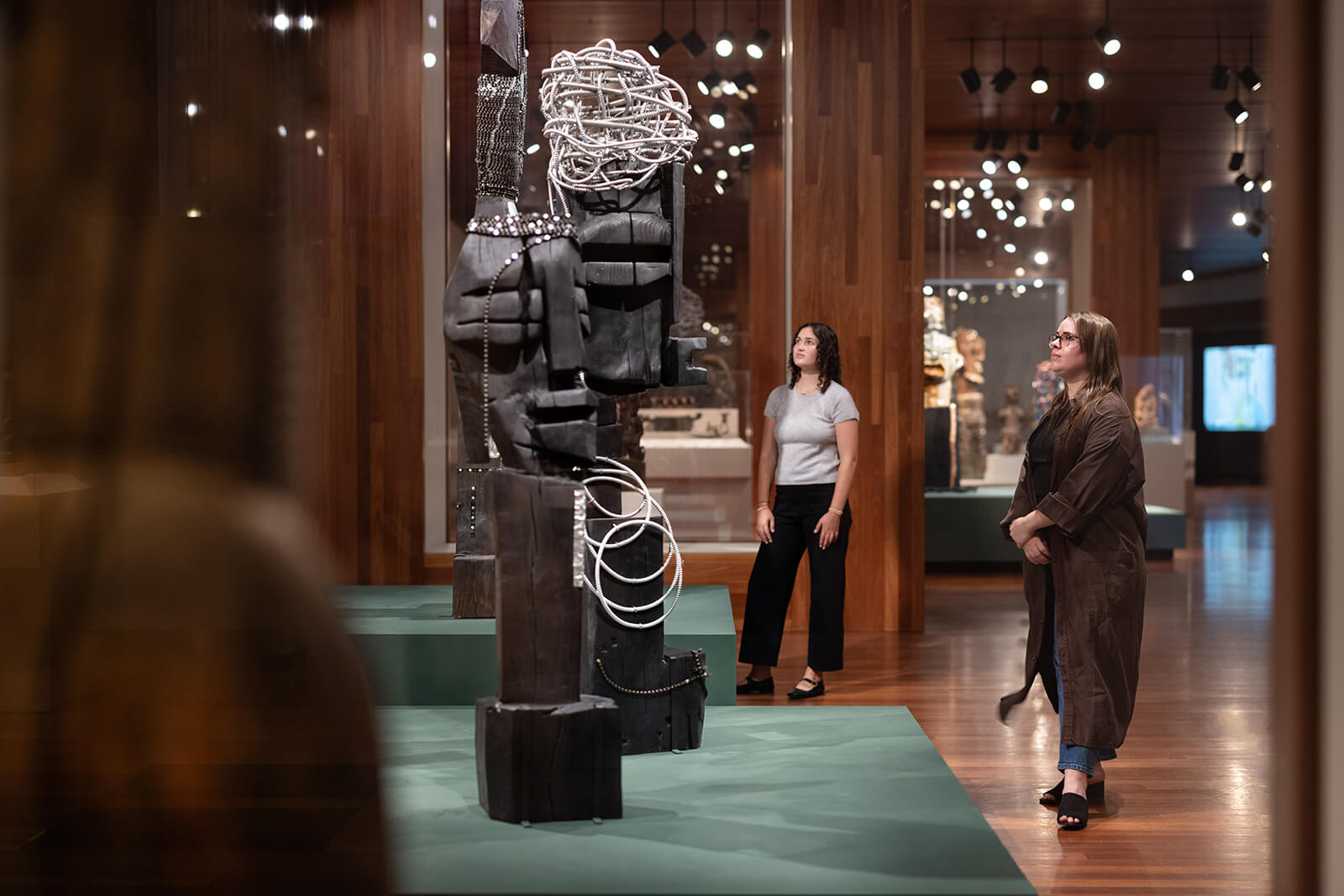
Babirye’s journey as a member of the LGBTQ+ community has been challenging. In The Fearless Art Practice of Leilah Babirye (2024), a video documentary featuring Becker’s visit to the artist’s studio, Babirye discusses her childhood, during which her parents never acknowledged her queerness despite being aware of it. Once she grew older, she became an LGBTQ+ activist, which led to her appearing on television. In response, her father expelled her from their family home.
Babirye’s work also connects the past and present, especially when you think about the history of racial oppression in the U.S., even though her focus is more on marginalised communities in Uganda or queer Black folks around the world. – Natasha Becker, curator of African art, de Young Museum
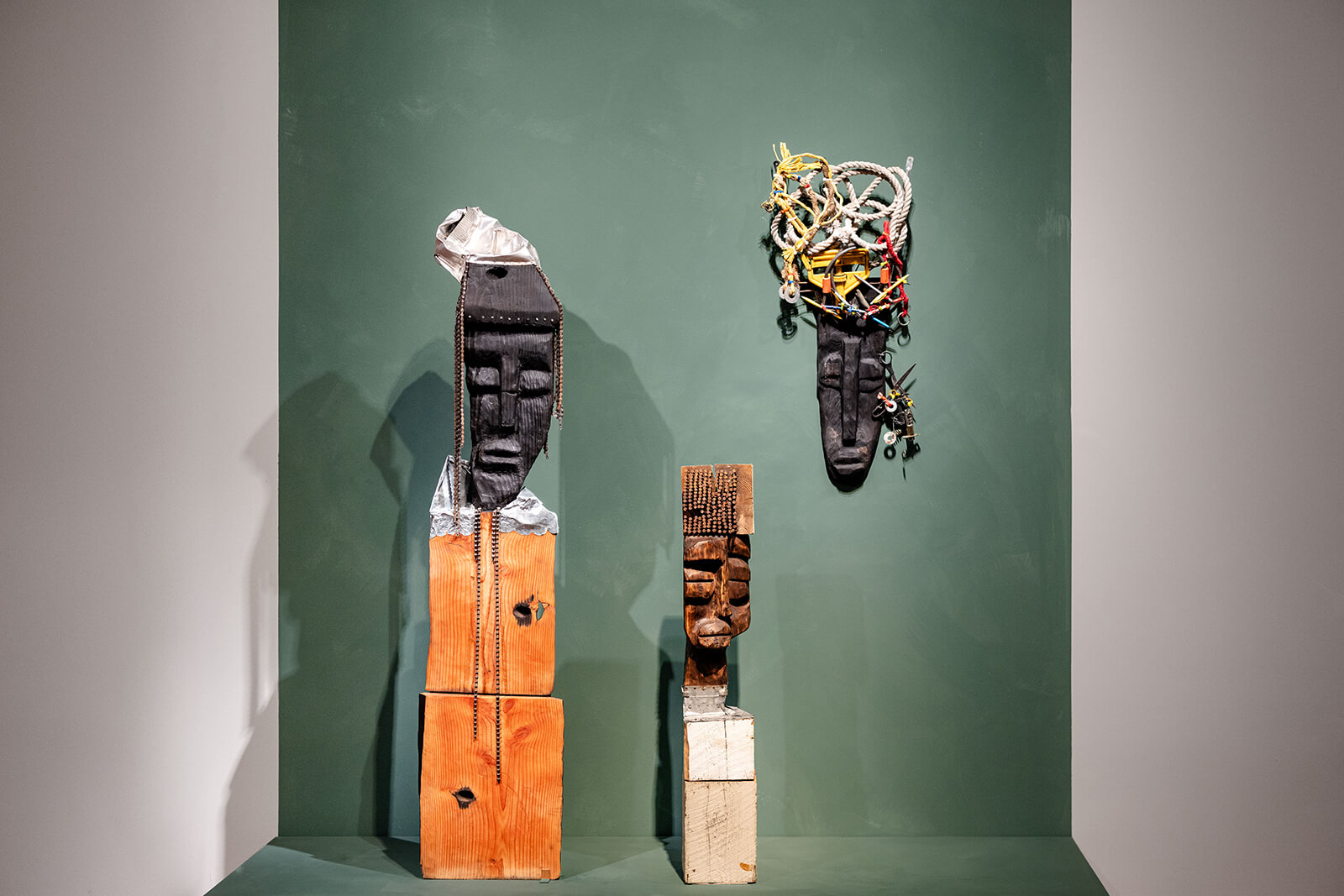
The sculpture artist burned all of her work in frustration at her father’s disparagement of her for engaging in activism, and after arriving in the United States through the asylum process, she began collecting urban refuse such as bits of wood, metal scrap and bicycle chains to assemble into primarily wooden sculptures that she set on fire. This did little to assuage her pain, so she decided to start creating portraits of real and imagined queer people—as a sort of chosen family—instead.
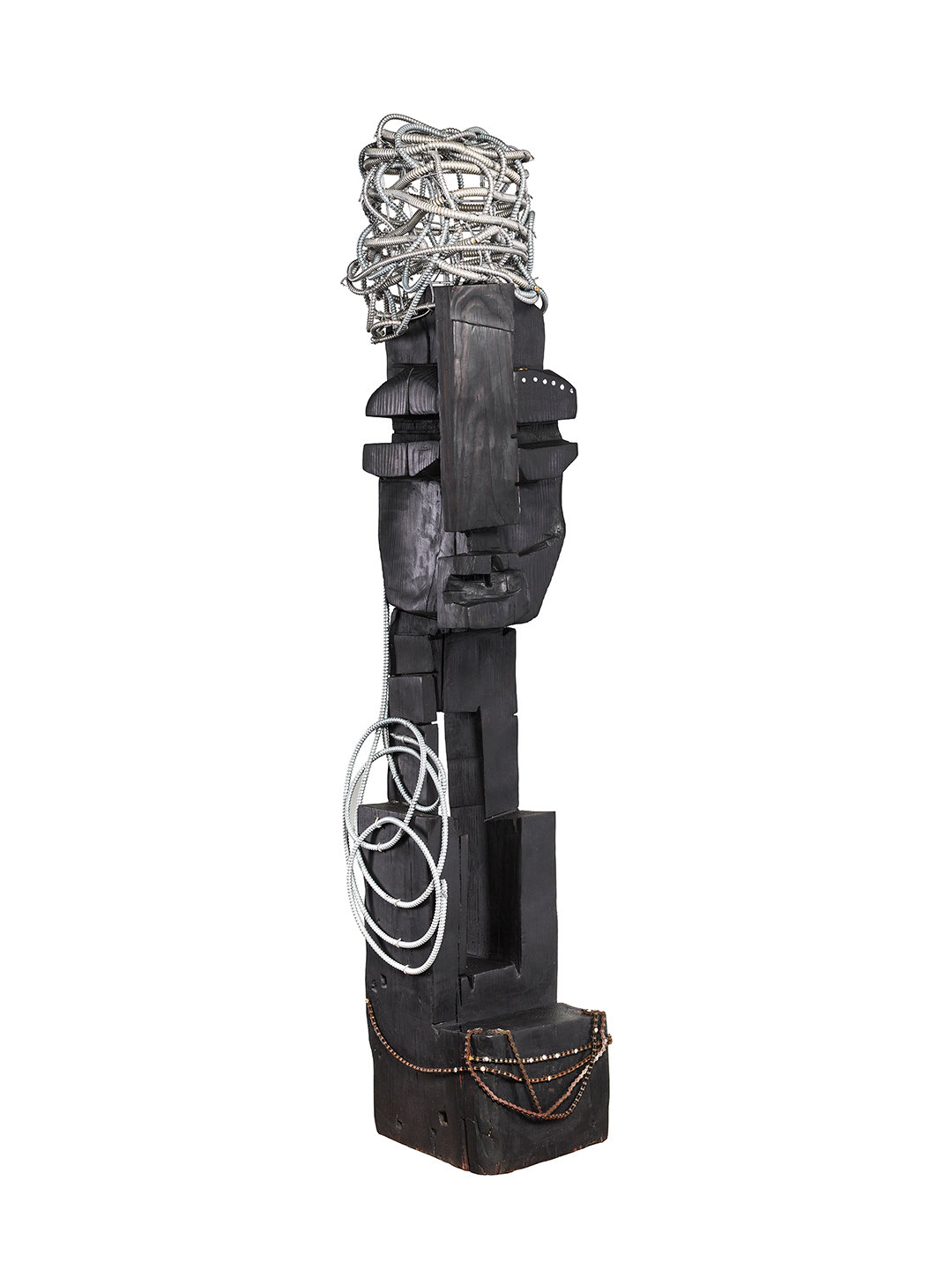
Becker tells STIR, “The slang word ‘abayezi’ means ‘trash’ or ’rubbish’ in Luganda, a language spoken in Uganda." Luganda is Babirye's first language and these words are often used to describe queer people, reflecting how Ugandan society can make them feel worthless or unwanted. She sees Babirye’s use of refuse as an expression of how people, like objects, can be discarded but also reclaimed. In Becker’s words, “It’s her way of saying that LGBTQ+ people might be overlooked, but they deserve to be seen, respected and valued. She challenges us to rethink how we view both queer people and the things society tends to discard.”
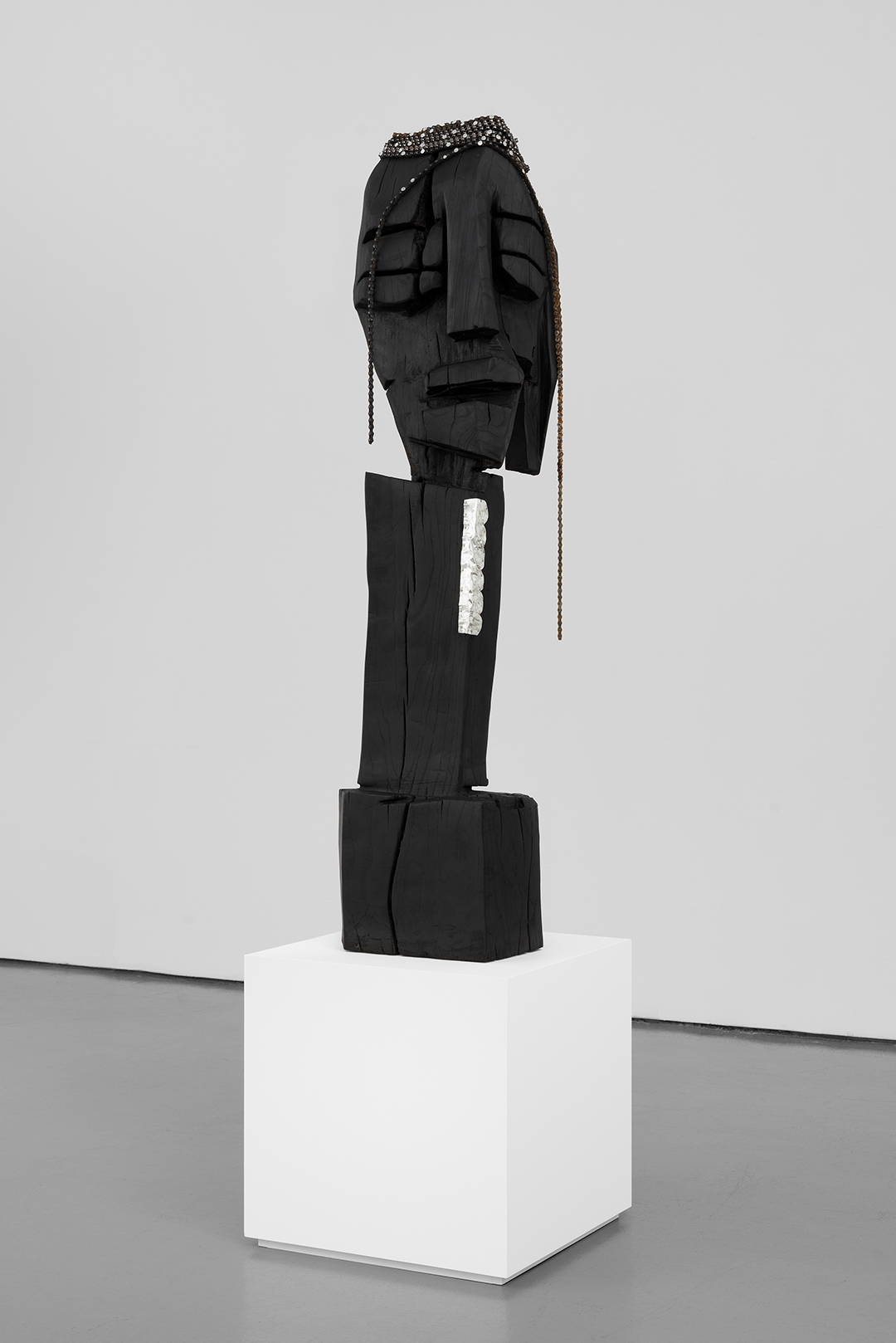
Besides refuse, Babirye also uses ceramics and wood in her sculptures. As evidenced in The Fearless Art Practice of Leilah Babirye, she works quickly, believing that she can hear the sculpture tell her how it wishes to be manifested. Nakalyango from the Kuchu Ngo (Leopard) Clan (2024) reveals the artist’s sharp cuts, typically made with a chainsaw. Here, the refuse (chains and electrical conduits) that Babirye has used takes the form of hair and jewellery adorning the sculpture. Nakalyango is—in a literal sense—adorned in physical manifestations of the insults levied at her, recontextualising the epithets in the process of celebrating her identity.
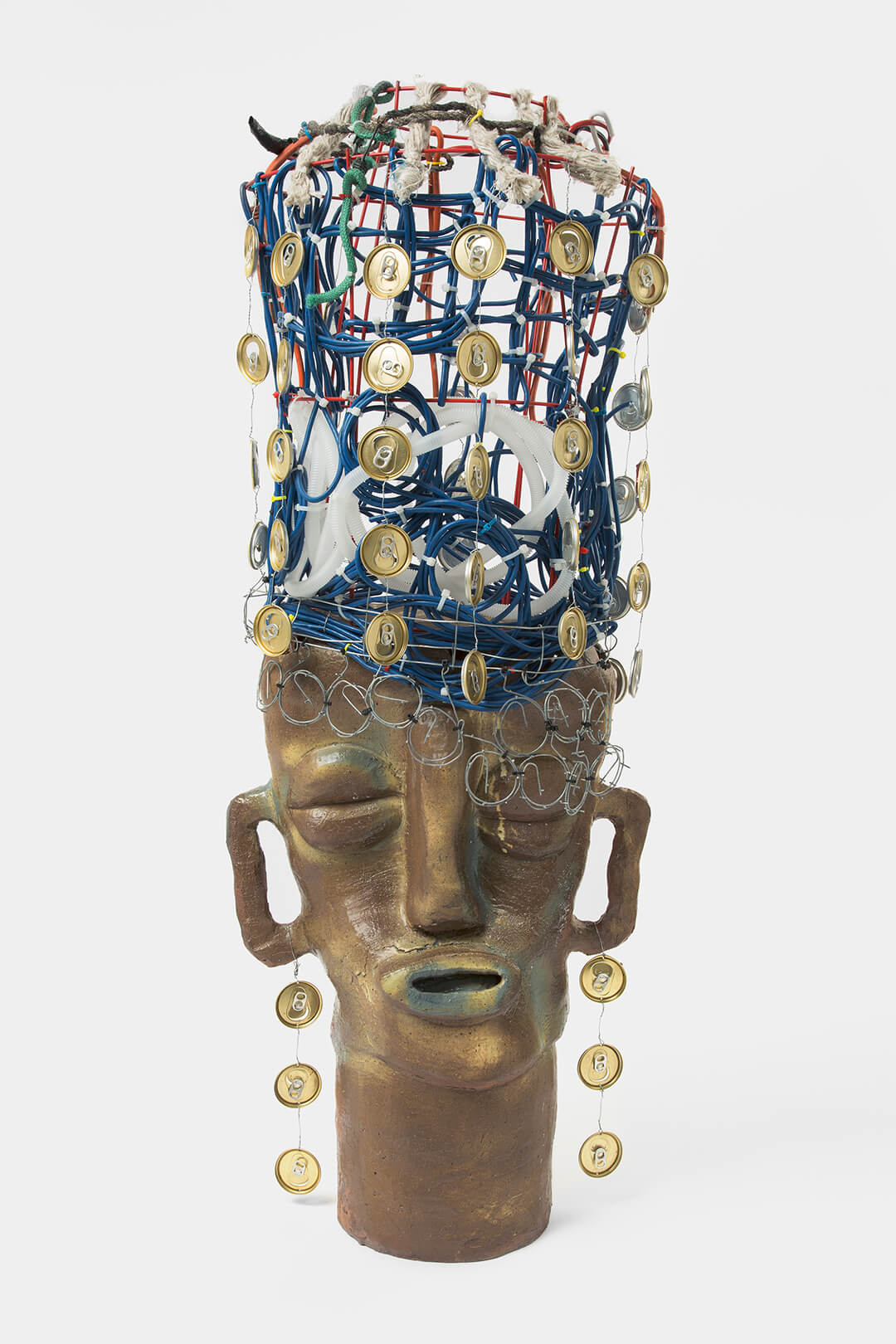
There is a tenderness between her and her work, evidenced in The Fearless Art Practice of Leilah Babirye, with the artist taking on the role of a doting mother figure within the family of queer art she is constructing. On occasion, she even travels to her studio just to make sure that her artworks are safe.
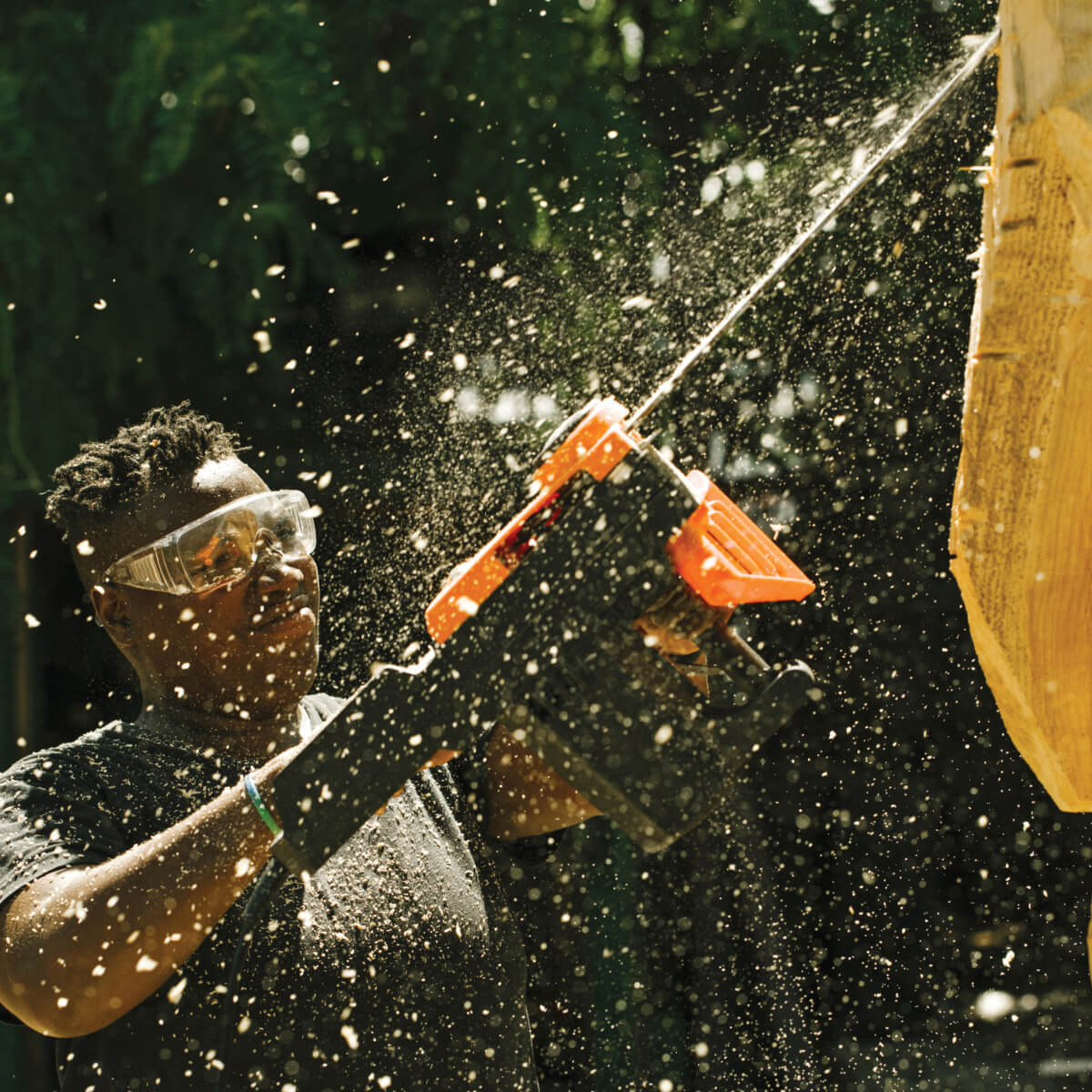
The de Young show presents American audiences with an underrepresented artist who is not only reclaiming urban refuse but is simultaneously creating a unique contemporary expression of traditional African art. Becker points out another important element of Babirye’s artmaking. The curator says, “Babirye’s work also connects the past and present, especially when you think about the history of racial oppression in the U.S., even though her focus is more on marginalised communities in Uganda or queer Black folks around the world. While she may not directly address American racism, her art taps into the same themes of being pushed aside, ignored, or devalued—issues that both LGBTQ+ people and communities of colour face globally.”
‘Leilah Babirye: We Have a History’ is on view at the de Young Museum in San Francisco from June 22, 2024 – October 26, 2025.
by Srishti Ojha Sep 30, 2025
Fundación La Nave Salinas in Ibiza celebrates its 10th anniversary with an exhibition of newly commissioned contemporary still-life paintings by American artist, Pedro Pedro.
by Deeksha Nath Sep 29, 2025
An exhibition at the Barbican Centre places the 20th century Swiss sculptor in dialogue with the British-Palestinian artist, exploring how displacement, surveillance and violence shape bodies and spaces.
by Hili Perlson Sep 26, 2025
The exhibition at DAS MINSK Kunsthaus unpacks the politics of taste and social memory embedded in the architecture of the former East Germany.
by Mrinmayee Bhoot Sep 25, 2025
At one of the closing ~multilog(ue) sessions, panellists from diverse disciplines discussed modes of resistance to imposed spatial hierarchies.
 surprise me!
surprise me!
make your fridays matter
SUBSCRIBEEnter your details to sign in
Don’t have an account?
Sign upOr you can sign in with
a single account for all
STIR platforms
All your bookmarks will be available across all your devices.
Stay STIRred
Already have an account?
Sign inOr you can sign up with
Tap on things that interests you.
Select the Conversation Category you would like to watch
Please enter your details and click submit.
Enter the 6-digit code sent at
Verification link sent to check your inbox or spam folder to complete sign up process



by Manu Sharma | Published on : Jan 08, 2025
What do you think?